Optimal Timing for Pine Tree Clearings
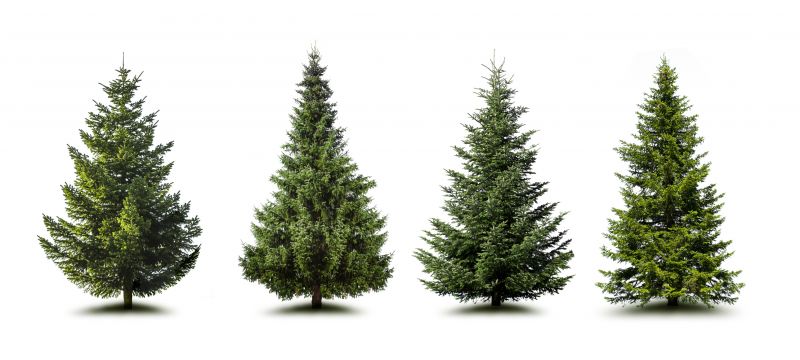
Spring is ideal for pine tree clearings as soil moisture is high, promoting healthy regrowth.
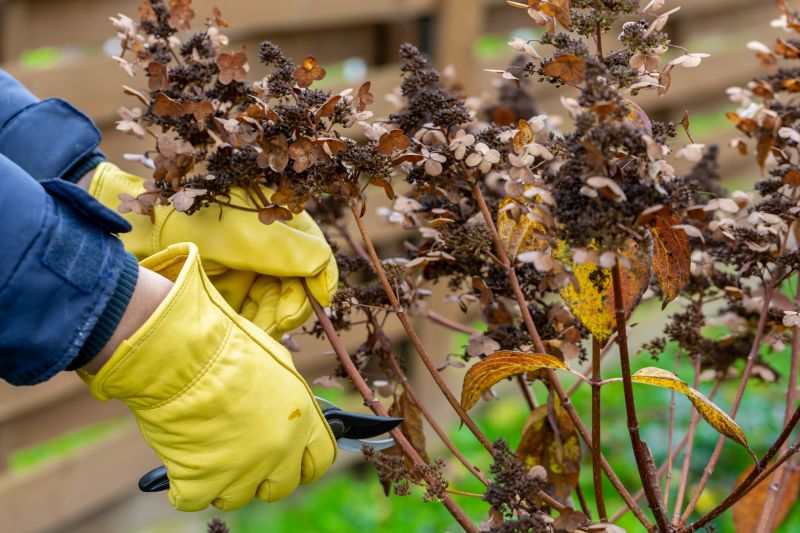
Summer allows for ongoing management, but care should be taken to avoid heat stress on new seedlings.
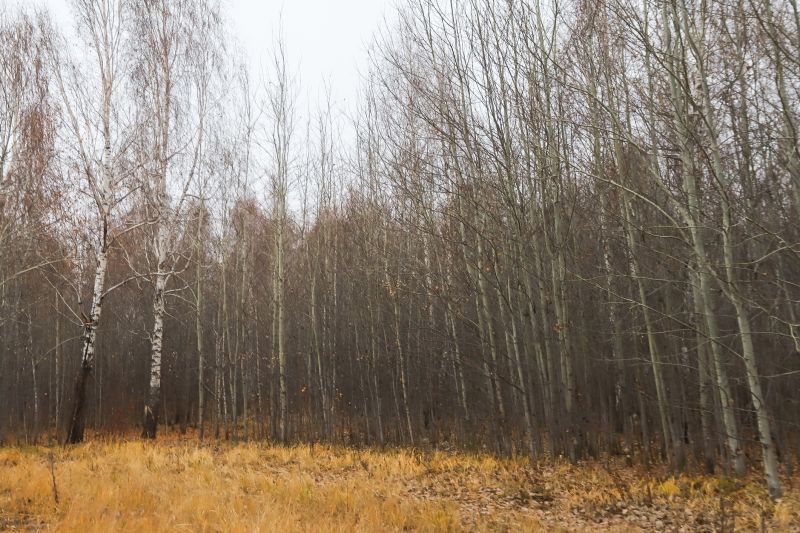
Autumn is suitable for clearing to prepare sites for winter dormancy and ensure healthy soil conditions.
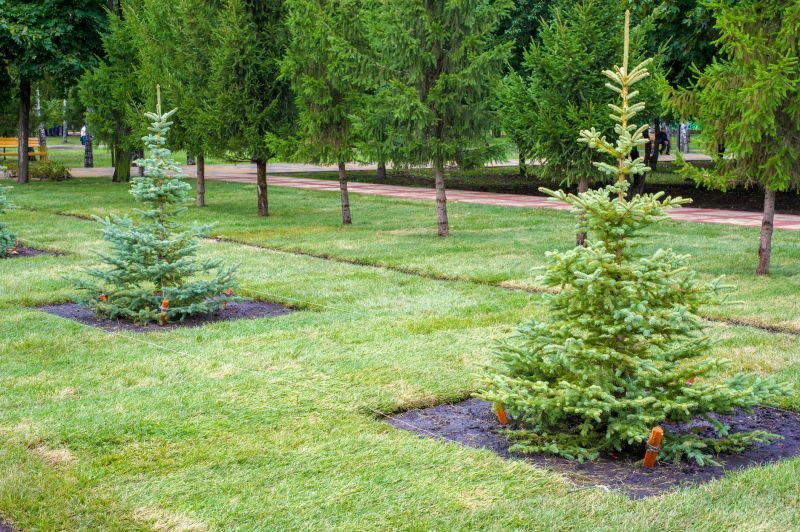
Ways to make Pine Trees Clearings work in tight or awkward layouts.

Popular materials for Pine Trees Clearings and why they hold up over time.
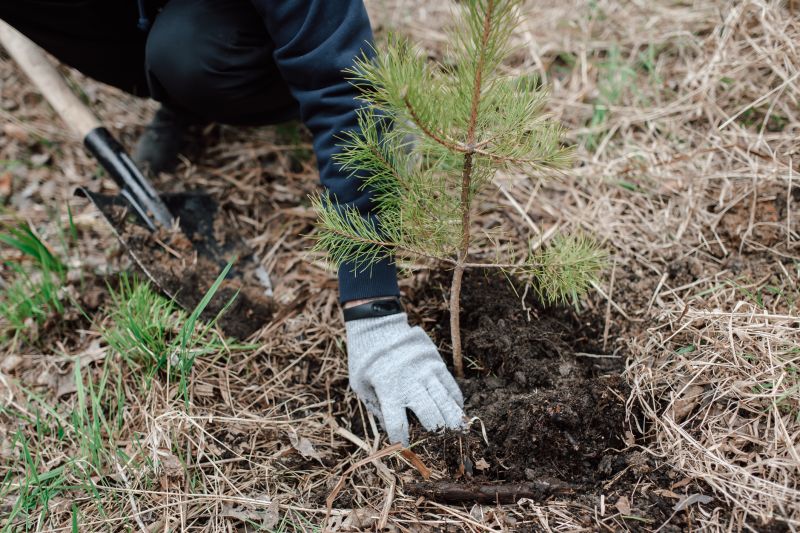
Simple add-ons that improve Pine Trees Clearings without blowing the budget.

High-end options that actually feel worth it for Pine Trees Clearings.
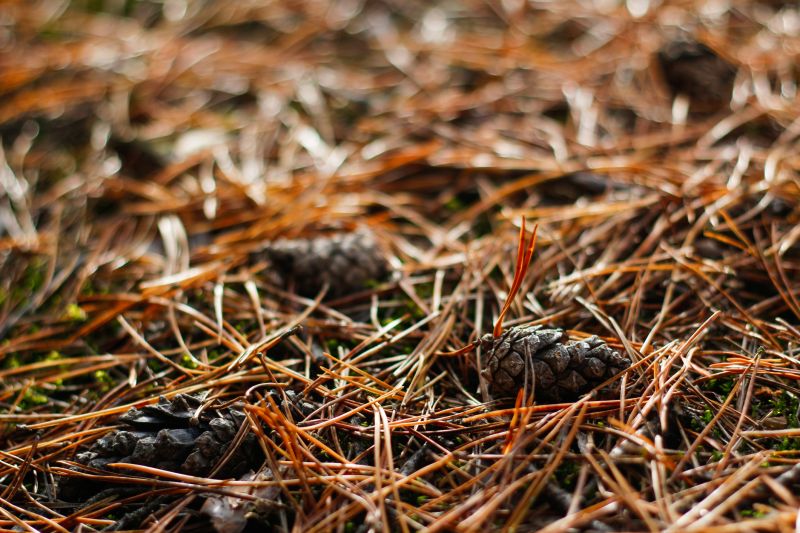
Finishes and colors that play nicely with Pine Trees Clearings.
Pine trees clearings involve removing specific trees or underbrush to promote forest health, manage growth, or prepare land for other uses. The timing of these clearings can significantly impact the success of the process. Properly scheduled clearings support biodiversity, reduce disease spread, and enhance growth rates for remaining trees.
Statistics indicate that conducting clearings during active growth seasons, such as spring and early summer, can lead to better recovery and healthier forests. Optimal timing depends on local climate conditions, soil moisture levels, and specific forest management goals. Proper timing minimizes stress on the ecosystem and ensures sustainable forest maintenance.
Clearings during dormancy periods may reduce stress on trees, but active seasons promote quicker recovery.
Timing influences growth rates, with early spring clearings often resulting in more vigorous regrowth.
Weather patterns and soil conditions should guide the timing to ensure minimal disruption.
Align clearing schedules with local climate cycles for optimal forest health.
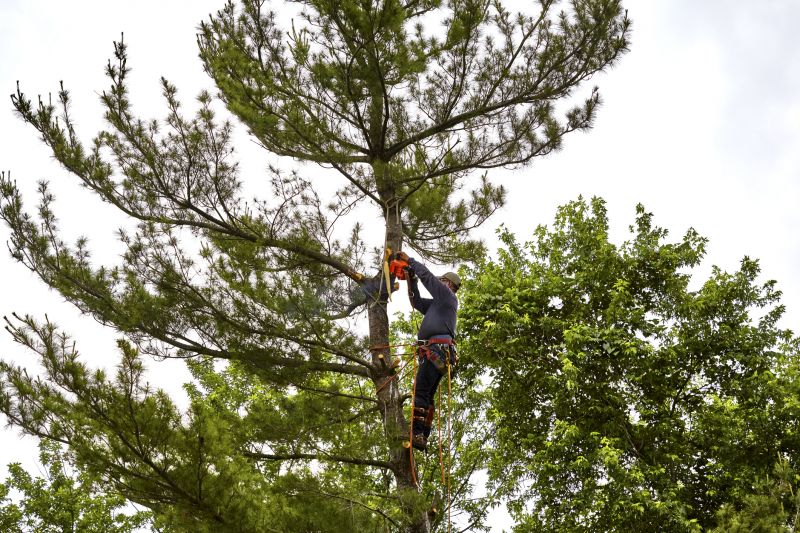
Healthy pine growth during spring supports effective clearings.

Autumn is an optimal time for clearing to prepare for winter.
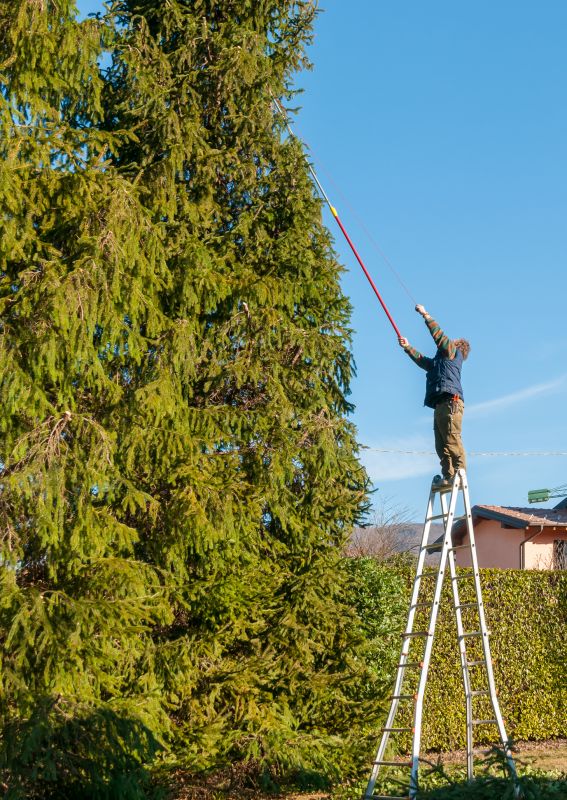
Summer clearing requires careful planning to avoid heat stress.

Winter dormancy limits disturbance but can be used for certain management activities.

Little measurements that prevent headaches on Pine Trees Clearings day.

A 60-second routine that keeps Pine Trees Clearings looking new.

A frequent mistake in Pine Trees Clearings and how to dodge it.

Small tweaks to make Pine Trees Clearings safer and easier to use.
| Season | Advantages |
|---|---|
| Spring | Supports vigorous regrowth and soil moisture availability. |
| Summer | Allows ongoing management but requires caution due to heat. |
| Autumn | Prepares land for winter, minimizes disturbance during dormancy. |
| Winter | Limited activity, suitable for certain types of management. |
| Early Fall | Good for preparing sites for winter with minimal stress. |
| Late Spring | Effective for promoting healthy forest recovery. |
Choosing the optimal time for pine tree clearings enhances forest health, promotes growth, and minimizes environmental stress. Monitoring local weather patterns and soil conditions is essential for scheduling activities effectively. Proper timing ensures sustainable management and long-term forest vitality.

A thriving pine forest after proper clearing timing.
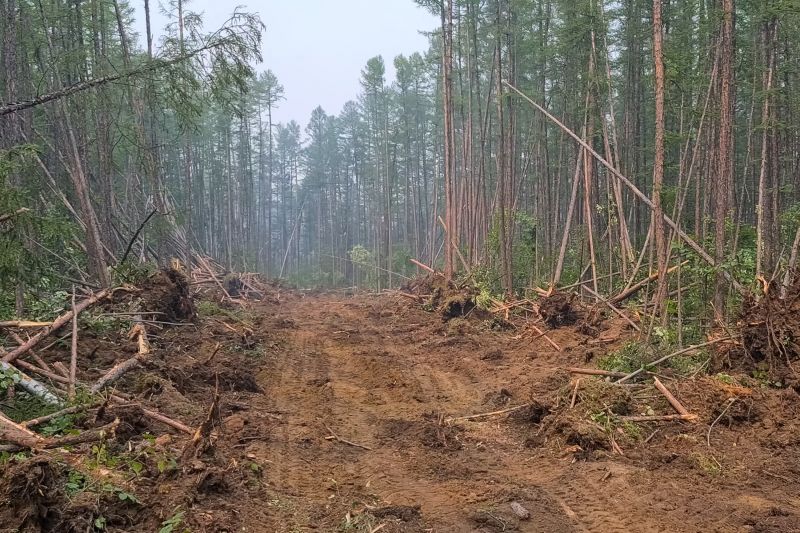
Spring clearings support strong regrowth and forest regeneration.
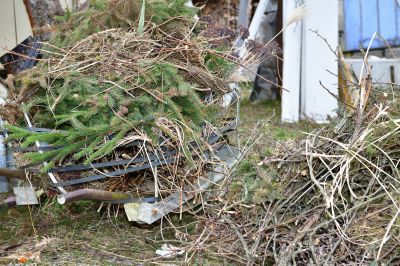
Preparing land in autumn for optimal winter recovery.
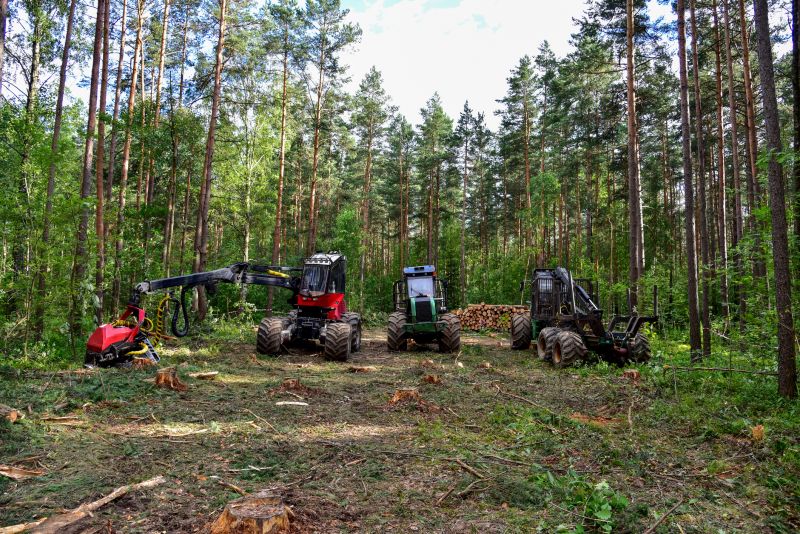
Managing pine clearings during summer requires careful planning.
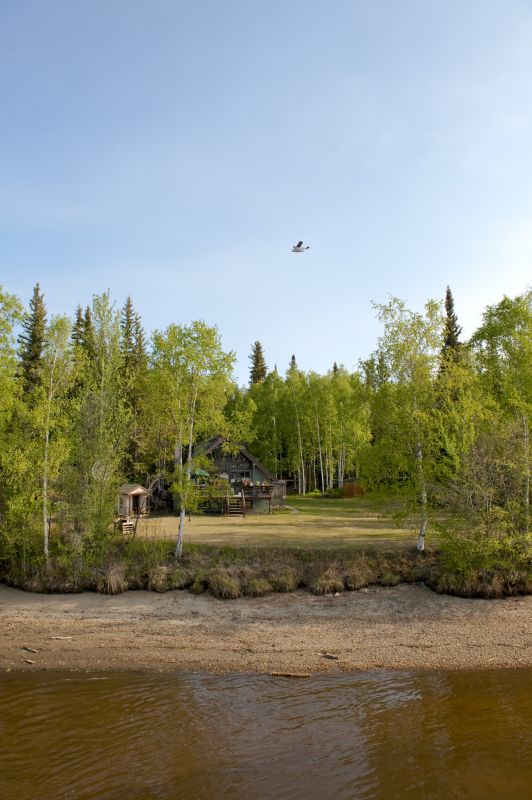
Lower-waste or water-saving choices for Pine Trees Clearings.

The short, realistic tool list for quality Pine Trees Clearings.
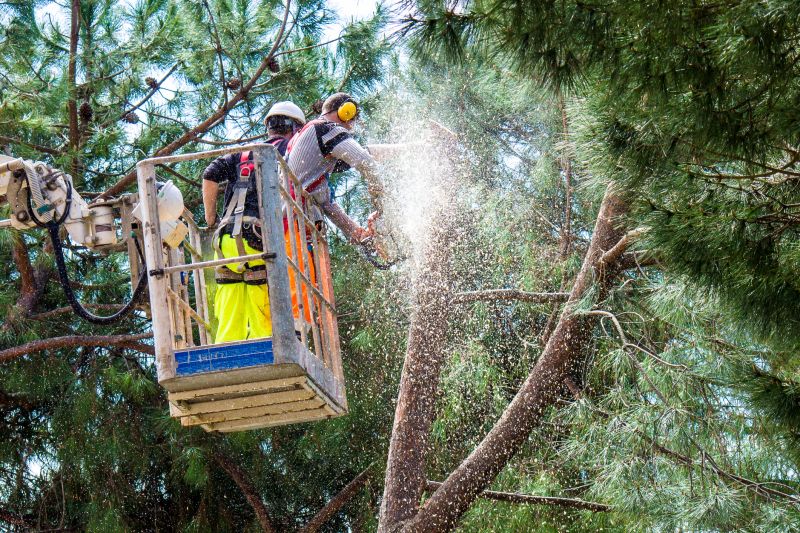
Rough timing from prep to clean-up for Pine Trees Clearings.

Quick checks and paperwork to keep after Pine Trees Clearings.
Interested in scheduling a pine trees clearing? Fill out the contact form to receive more information and assistance tailored to specific forest management needs.
